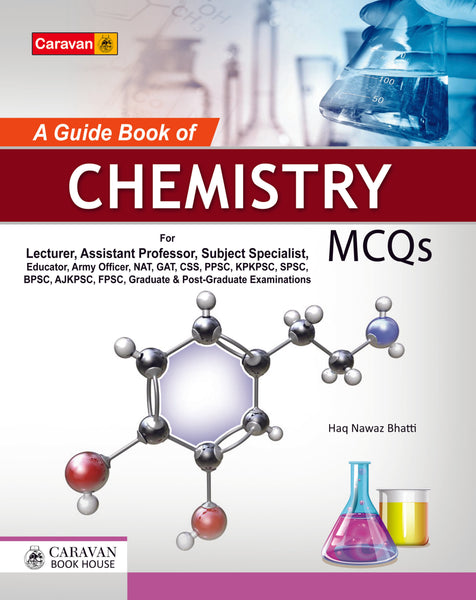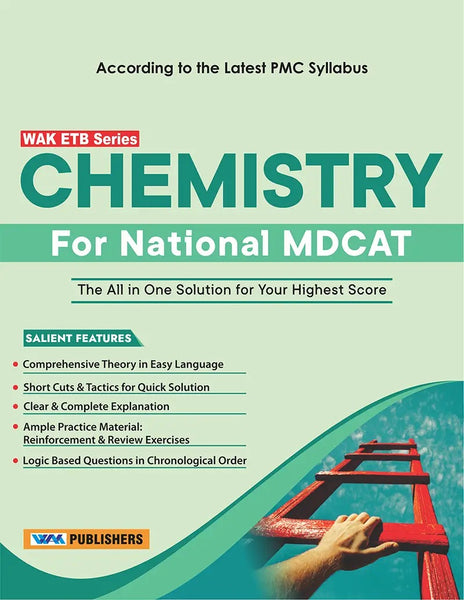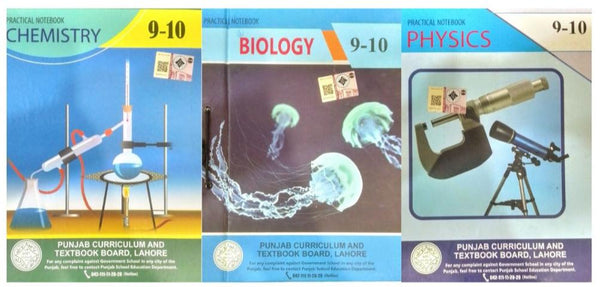Advanced Organic Chemistry Reaction Mechanism Vol-II by Dr Muhammad Hanif
- Publisher: Chemica Publishers
- Availability: In Stock
- SKU: 42962
Rs.370.00
Rs.430.00
Tags: Advanced Organic Chemistry , Best Price , Best Selling Books , Bioorganic Chemistry , Book Shop , Catalytic Processes , Chemical Bonds , Chemical Education , Chemical Kinetics , Chemical Reactivity , Chemical Transformations , Convenient Shopping , Dr. Muhammad Hanif , Electrophilic Addition , Elimination Reactions , Enzymatic Catalysis , Industrial Synthesis , Internet Shop , Mechanistic Understanding , Metabolic Pathways , Molecular Architecture , Molecular Stability , Nucleophilic Substitution , Online Book Shop , ONLINE BOOKS , Online Books Shop , Online Bookshop , Organic Chemistry Research , Organic Chemistry Textbook , Organic Molecules , Organic Reaction Mechanisms. , Organic Reactivity , Organic Synthesis , Organometallic Chemistry , Oxidation-Reduction , Pericyclic Processes , Photochemical Reactions , Radical Intermediates , Reaction Mechanism Analysis , Reaction Mechanism Elucidation , Reaction Mechanism Insight , Reaction Mechanisms , Reaction Prediction , Rearrangement , Selective Synthesis , Stereochemistry , Synthetic Pathways , Synthetic Strategies
Advanced Organic Chemistry Reaction Mechanism Vol Two by Dr. Muhammad Hanif" provides a comprehensive exploration of intricate reaction mechanisms essential for understanding organic chemistry at an advanced level. Delving into the nuances of molecular interactions, this volume elucidates complex chemical transformations with clarity and depth. Through detailed analysis and illustrative examples, Dr. Hanif navigates readers through the intricacies of organic reactions, fostering a deeper comprehension of key concepts and methodologies.
Key Points:
1. Electrophilic Addition Reactions Electrophilic addition reactions involve the addition of an electrophile to a π bond, resulting in the formation of new σ bonds. These reactions are fundamental in organic synthesis, allowing for the construction of diverse molecular architectures.
2. Nucleophilic Substitution Reactions Nucleophilic substitution reactions involve the replacement of a leaving group in a molecule by a nucleophile. Understanding the mechanisms of these reactions is crucial for predicting and controlling chemical transformations.
3. Elimination Reactions Elimination reactions entail the removal of two substituents from a molecule to form a double bond or π bond. These reactions play a vital role in synthetic organic chemistry, enabling the synthesis of alkenes and alkynes.
4. Rearrangement Reactions Rearrangement reactions involve the migration of atoms or groups within a molecule to yield a different structural isomer. Mastery of these reactions provides insights into molecular stability and reactivity.
5. Radical Reactions Radical reactions involve the formation and subsequent reactions of radical intermediates. These processes often occur under mild conditions and offer unique pathways for synthesizing complex molecules.
6. Pericyclic Reactions Pericyclic reactions involve concerted processes with cyclic transition states, such as cycloaddition and electrocyclic reactions. Understanding the symmetry and orbital interactions involved in these reactions is crucial for their prediction and control.
7. Oxidation-Reduction Reactions Oxidation-reduction reactions involve the transfer of electrons between reactants. These reactions are ubiquitous in organic chemistry and play a vital role in metabolic processes and industrial synthesis.
8. Organometallic Reactions Organometallic reactions involve the interaction of organic compounds with metal-containing species. These reactions are instrumental in catalysis and provide powerful tools for carbon-carbon bond formation.
9. Photochemical Reactions Photochemical reactions occur under the influence of light and often involve the promotion of electrons to higher energy states. These reactions offer unique synthetic pathways and can lead to selectivity not attainable through thermal processes.
10. Bioorganic Reactions Bioorganic reactions involve organic molecules in biological systems, including enzymatic catalysis and metabolic pathways. Understanding these reactions is essential for drug discovery, bioengineering, and understanding life processes.
In "Advanced Organic Chemistry Reaction Mechanism Vol Two," Dr. Muhammad Hanif delivers a comprehensive resource that not only elucidates the intricacies of organic reaction mechanisms but also provides invaluable insights for students, researchers, and practitioners in the field of organic chemistry. With a focus on clarity, depth, and practical relevance, this volume serves as an indispensable guide for navigating the complexities of advanced organic chemistry.
════ ⋆★⋆ ════
Writer ✤ Dr Muhammad Hanif
Publishers ✤ CHEMICA PUBLISHERS
























